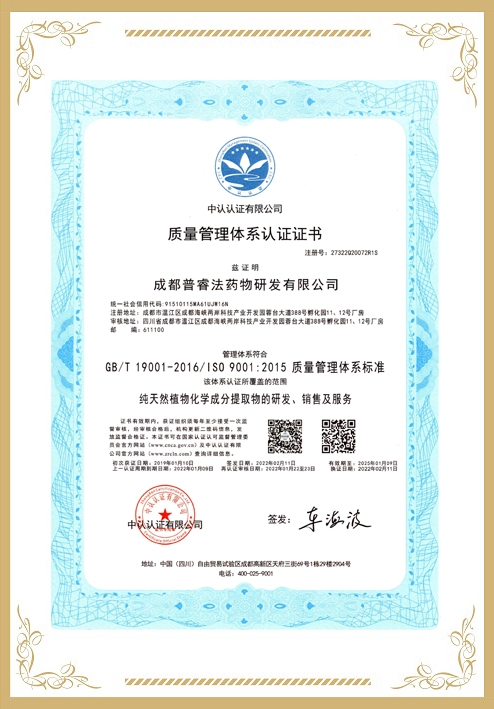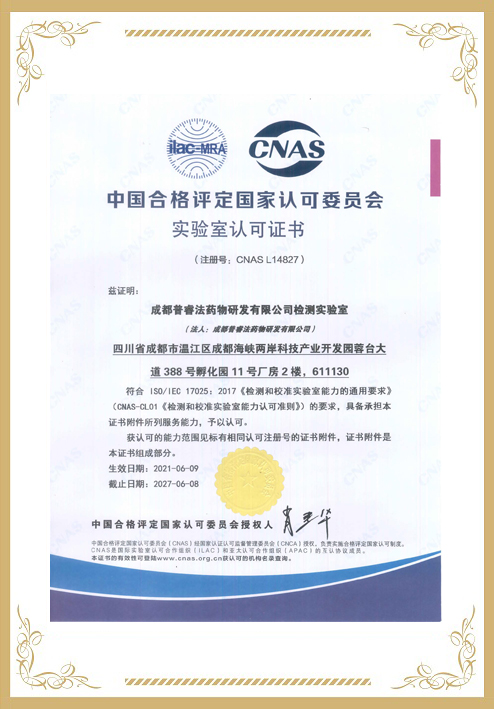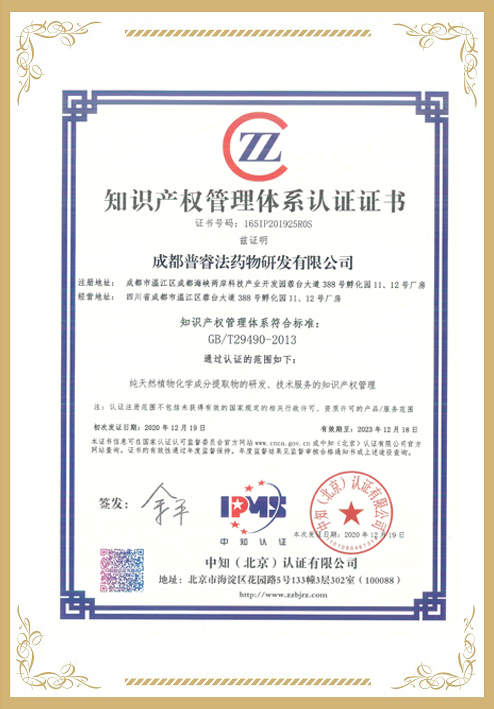Background
We conducted this meta-analysis to evaluate the clinical outcomes of the two procedures using a pooled analysis of multiple scales, as there has been dispute among the research on the use of autografts or allografts.
Methods
We searched PubMed, Scopus, and Web of Science databases for articles that fulfilled our aim. The search strategy was based on three main keywords: “Autograft”, “Allograft”, and “Anterior Cruciate Ligament. The resulting articles were collected and uploaded to Rayyan. All statistical procedures were performed using Review Manager software version 5.4. We conducted a pooled analysis of continuous variables using mean difference (MD), while for dichotomous variables, we used the pooled analysis of odds ratio (OR) by extraction of event and total.
Results
Autograft showed better outcomes regarding IKDC score compared to allograft with MD of 1.89 (95%CI: 0.37, 3.42. p=0.02), and I2=66%, p=0.002. It was also associated with better Lysholm and Tegner scores with MD of 1.48 (95%CI: 0.19, 2.77, p=0.02), and 0.32 (0.15, 0.49, p=0.0003), respectively, with no significant heterogeneity in both. Autografts were associated with a higher OR of grade 0 in the Lachmann score with an OR of 2.6 (95%CI: 1.26, 5.38, p=0.01), while allografts had higher odds of having grades 2 and 3 (OR, 0.53 (95%CI, 0.31, 0.93; p=0.03), and 0.48 (95%CI: 0.27, 0.84, p=0.01), respectively
Conclusion
Compared to allografts, the use of autografts in ACL reconstruction is associated with better functional, structural, stability, and satisfaction outcomes, as observed by statistically significant differences in IKDC, Tegner, Lachmann, Pivot shift test, and Lysholm. However, no differences were observed in ROM, Daniel’s one-leg hop test, or Harner’s vertical jump.























